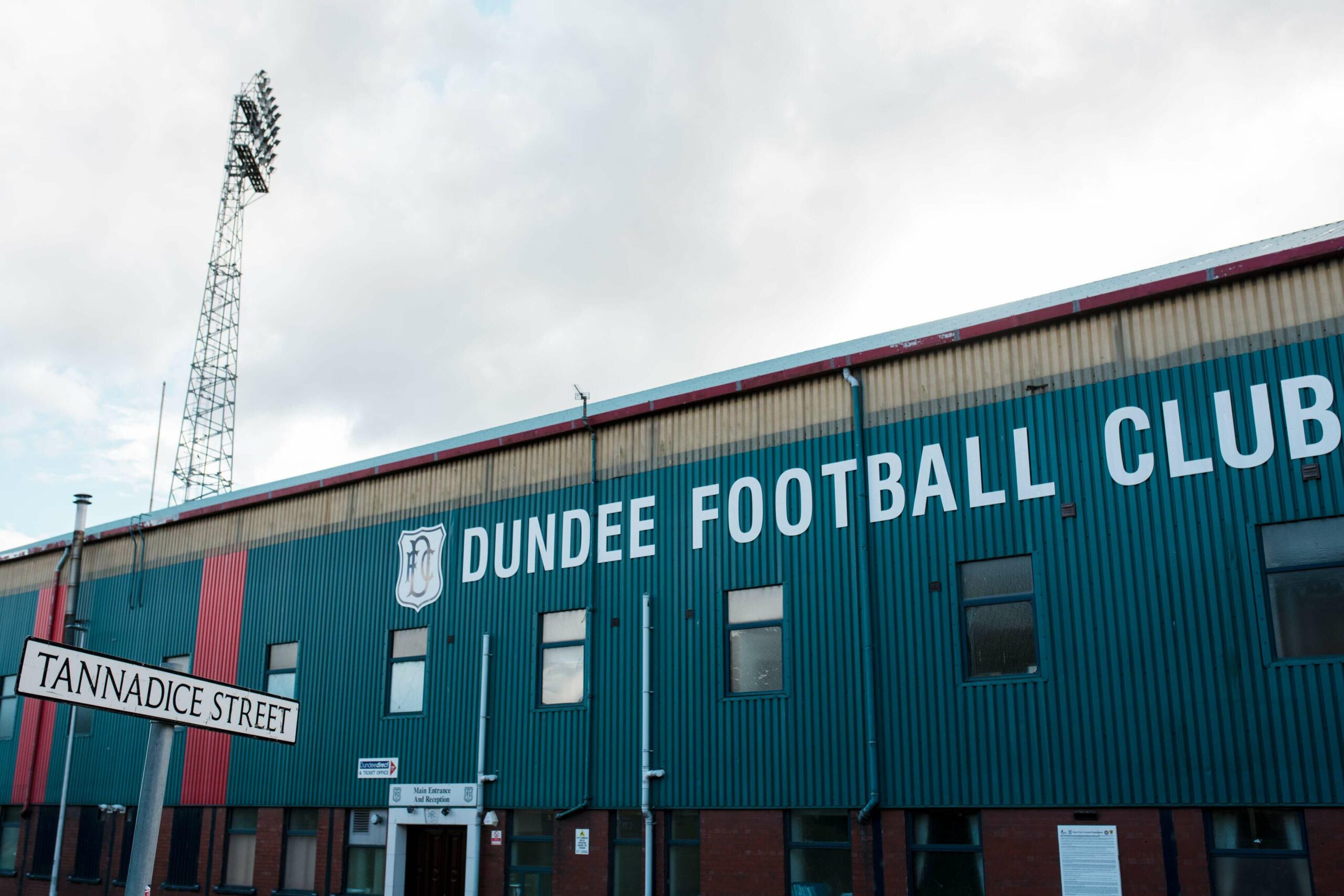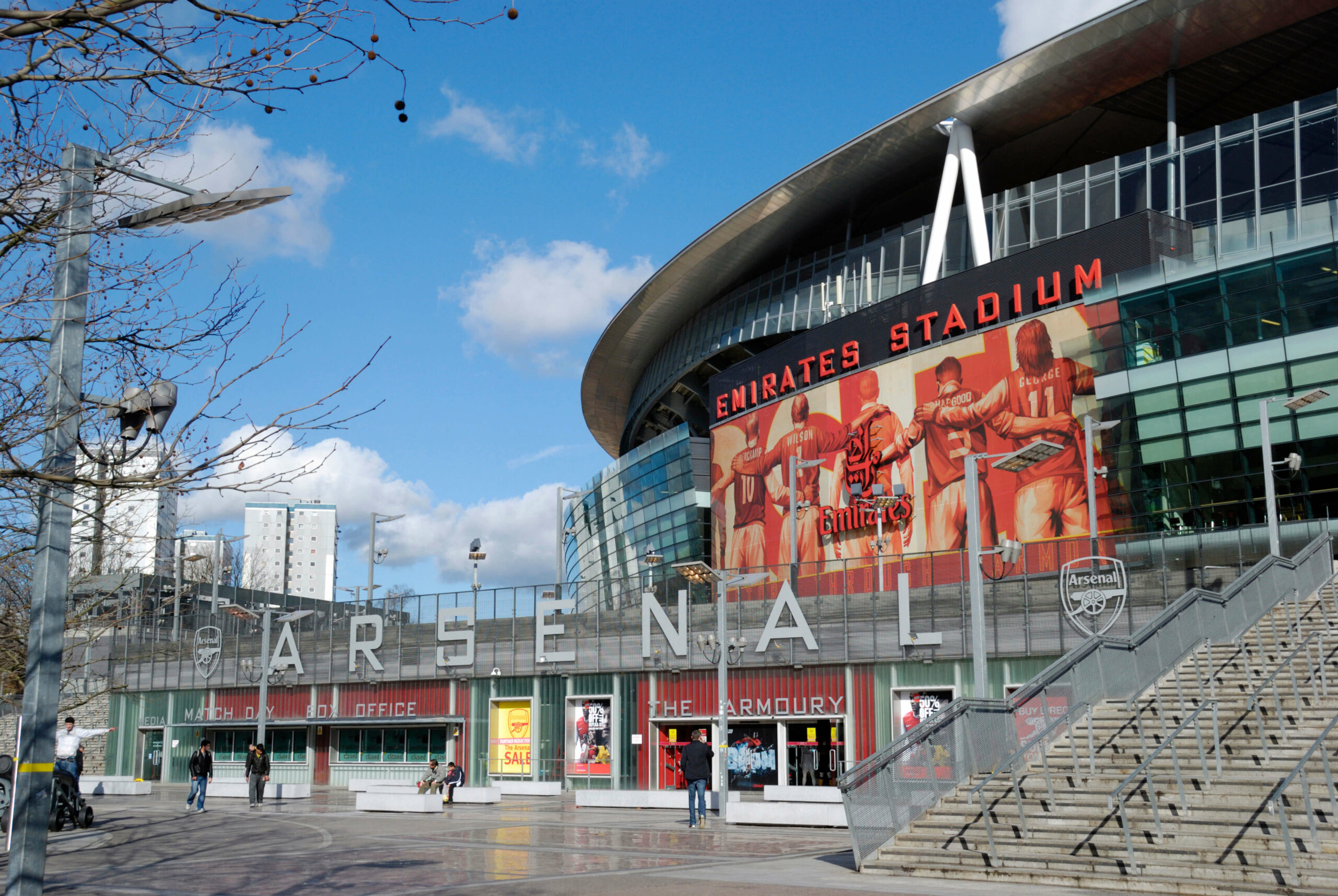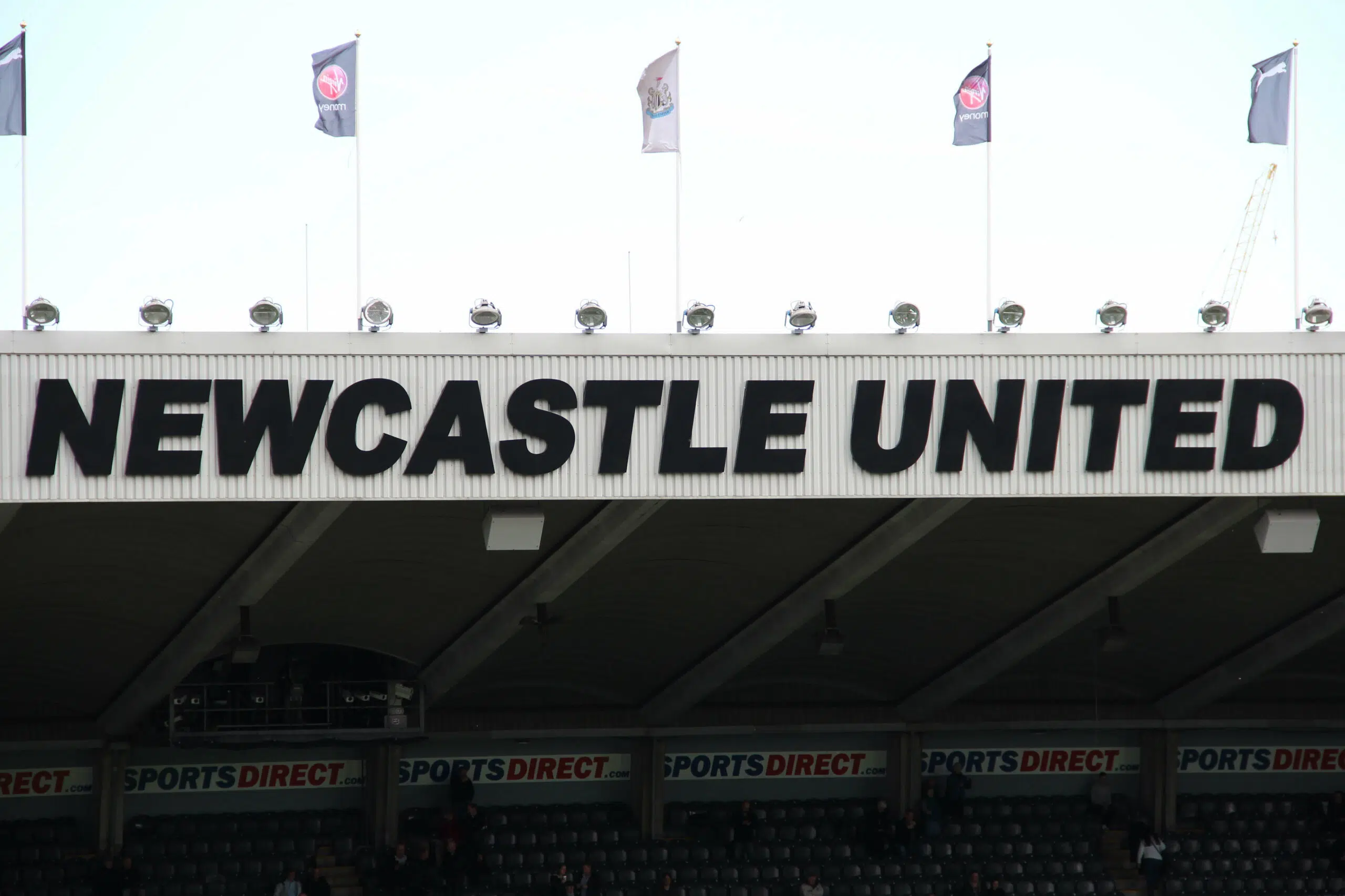The 2022-23 Premier League season came to a conclusion this past weekend. Man City had already clinched their third successive title despite a fight from Arsenal but the relegation zone saw action on the final day as Leicester and Leeds dropped to the Championship, joining Southampton.
While we know how the on-field table moved throughout the season, how did Premier League clubs fare on the Instagram followers table.
We looked at the followers for all 20 clubs before the season started and after it ended to determine who gained the most followers – both in pure numbers and in percentage gain.
Man City bolstered their follower count by 10 million
It wasn’t just the trophy cabinet that saw an increase at Man City. The club’s Instagram followers count increased by over 10 million this whole season, the most of any Premier League club. It also accounted for a 29.54 percent increase in their follower count.
Chelsea might have had a terrible season but their flurry of signings did increase their followers. The Blues added over 4.5 million followers in the season, the second most of all clubs.
Arsenal’s strong season looks to have earned them a lot more followers as the North London club added over 3.8 million fans on Instagram. Liverpool increased their count by 2.4 million and Man Utd, by 2.2 million.
Highest and lowest percentage increases
Nottingham Forest, who gained promotion to the Premier League this season had the biggest percentage increase. They increased their follower count by 370,246 - an 87.92 percent increase.
Closely following Forest in this department is Brighton whose superb season saw them gain about half a million new followers and go past the one million mark on Instagram.
Manchester United are the most followed English club on the platform so it’s no surprise that despite gaining over two million followers, the percentage increase was the lowest.
Everton avoided relegation on the final day and their lacklustre performances didn’t help the social media game. Their gain of 124,601 followers (a 4.52 percent increase) was the second lowest among all clubs.
Methodology
- We scraped the Instagram followers of all clubs participating in the 2022-23 Premier League before the season started
- We then scraped the followers on 28 May, 2023 after all matches were over
- We analysed the the increase in followers for each club and created a the table to showcase the number and percentage increase in followers







